The Story of Notre Dame Cathedral: A Chronicle of Construction and Restoration
Architectural watercolor painting of Notre Dame Cathedral in Paris by Mitchell Rocheleau. Image Copyright 2024
The Story of Notre Dame Cathedral: A Chronicle of Construction and Restoration
The Notre Dame Cathedral is a testament to architectural innovation, spiritual influence, and human ingenuity. Its construction, spanning several centuries, showcases the evolution of Gothic architecture and mirrors Paris's flourishing economy and cultural development. By exploring the cathedral's architecture, construction, and history, I hope to provide insight into how it transcended its role as a Cathedral and developed into a cultural icon.
Visiting Notre Dame in 2013 was a profoundly memorable experience. I suppose my experience was like that of many people. I stood in awe at the flying buttresses, the rose windows, and the thinness and height of the masonry construction. It was beautiful, but the Cathedral stood humble and silent, withholding an immeasurable depth of cultural connection it had patiently established with a nation over centuries.
When the Cathedral burned in 2019, this phenomenon was revealed to me.
As I watched the fire and the emotional outcry of the people of Paris, I realized that the Cathedral transcended its role as a building. It made me aware of how emotionally connected Parisians were with the Cathedral. In many ways, a piece of their identities seemed embedded in the Cathedral.
The potential loss of the cathedral was like losing a family member or a part of themselves. Many Parisians felt deep grief, loss, and anger that day. A stone, iron, and glass structure had transcended from the measurable into the unmeasurable.
I had never seen the threatened loss of a building elicit such a powerful emotional response on such a large scale. Although tragic, I was compelled to explore more about the building's history to better understand how, when, and why this Cathedral had become so deeply embedded into a nation's identity.
Front facade of Notre-Dame Cathedral showing the rose window. Photo taken in 2013 before the Fire of 2019. Photo copyright by Mitchell Rocheleau
Historical Context
The story of Notre Dame Cathedral begins in the heart of medieval Paris on the Ile de la Cite. The English translation is the Island of the City. It is in the center of the Seine River and is only ¾” of a mile long. The island has been the site for religious activity since the original settlement of the Parisii tribe.
When the Romans occupied the area, the island became a center for religious activity with the construction of the Temple of Jupiter. In the Christian era, the island saw the establishment of Paris’s first Christian church, which was built on top of the old Roman temple and dedicated to the Christian martyr Saint Stephen.
During the Middle Ages, Paris continued to grow. Maurice de Sully, the Bishop of Paris, ascended to his position in 1160 and proposed building a new cathedral on the island. He envisioned a magnificent church that drew inspiration from several newly constructed Gothic Cathedrals around Paris, namely Saint-Denis, which is widely considered the first Gothic Cathedral.
Sully was an ambitious man. He grew up in a humble setting but eventually attended school with the future King Louis VII and became good friends. He developed a reputation for his impactful sermons and gained notoriety around the city. He developed a large following and was adorned with support and financial gifts, much of which went to constructing the future Cathedral.
Other funds were generated from the church’s wealth, donations, and the crown. Paris also experienced a thriving economy at this time. Wool, wheat, and wine traders stimulated the economy and helped provide additional financial resources. Schools and universities were being formed, and people from all over Europe came to Paris for a better education. The young student population fostered a new energy. Paris was in a season of growth.
The construction of Notre Dame commenced in 1163. Sully oversaw the initial stages of construction until he died in 1196. His commitment to the project laid the groundwork for a structure that would take nearly two centuries to complete. Over the years, numerous architects and craftsmen contributed to the cathedral's construction, each adding their innovations and leaving a mark on its evolving design.
Front facade of Notre-Dame Cathedral showing the two bell towers. Photo taken in 2013 before the Fire of 2019. Photo copyright by Mitchell Rocheleau
Structural Foundations and Architectural Features
Massive foundations would need to be built to support a church of this size. Laborers dug nearly 30 feet into the earth below the island's waterline. They built massive footings from carefully dressed stones to support the weight of the future Cathedral.
In the early years of construction, surprisingly, there was no record of the first master builders to oversee the project for nearly 87 years. Based on the rate and progress of construction in the early years, the masons most likely followed clear plans and directions, suggesting that there was a master builder, but it was just not recorded.
The cathedral's design incorporated several groundbreaking architectural features, including flying buttresses, a hallmark of Gothic architecture. These external supports allowed the walls to be built higher and thinner and the windows larger, filling the cathedral with natural light. The flying buttresses also distributed the weight of the massive roof, preventing the walls from bowing outward, a common problem in Cathedral construction with significant height.
Another notable feature of Notre Dame is its stunning rose windows. These large circular stained-glass windows are breathtakingly beautiful and serve a symbolic purpose, depicting biblical stories and saints. The windows are considered masterpieces of medieval craftsmanship.
There are three rose windows at Notre Dame, two of which span 43 ft in diameter and one at 39 feet. A stunning accomplishment for the time they were constructed. Specialized glass artisans infused cobalt iron oxide and silver oxide into molten glass to generate an array of colors in the rose window. Little of the original glass still exists, and much of it has been added over time to mimic the original condition.
Photograph showing the rose window of Notre Dame Cathedral. Image Copyright by Mitchell Rocheleau.
Elegant masonry ribbed vaults span over the nave of the church. Above the vaults is a “forest” of timber construction that supports the lead roof above. The forest is where the fire of 2019 started, which is discussed later in the article.
In total, these architectural elements created a space that is overpowering, impressive, and impactful.
Restoration by Viollet-le-Duc
In the 19th century, Notre Dame underwent a significant restoration led by Eugène Viollet-le-Duc and Jean-Baptiste Lassus. By this time, the cathedral had suffered from neglect and damage, prompting a substantial effort to restore it to its former glory. Viollet-le-Duc was instrumental in this process, making extensive repairs and additions that were sometimes controversial but ultimately aimed at preserving the integrity of the Gothic style.
Le-Duc's restoration included reconstructing the spire, which had been removed in the 18th century, and adding gargoyles that are now synonymous with the cathedral's facade. His work ensured that Notre Dame would continue to stand as a monument to the artistic and architectural achievements of the Middle Ages.
Front facade of Notre-Dame Cathedral showing the two bell towners. Photo taken in 2013 before the Fire of 2019. Photo copyright by Mitchell Rocheleau
Fire of 2019
On the evening of April 15, 2019, the world watched in horror as flames engulfed the Notre Dame Cathedral. The fire at Notre Dame Cathedral began just before 6:43 PM local time when an alarm was triggered. However, the initial alarm was not immediately followed by visible signs of fire, leading to a delayed response. By the time the second alarm sounded, flames had already spread rapidly, fueled by the cathedral's wooden framework, which dated back to the 13th century.
As the fire raged on, firefighters and emergency responders worked tirelessly to contain the blaze. Despite their efforts, the iconic spire of Notre Dame, which stood at 93 meters (305 feet) tall, succumbed to the flames and collapsed at around 7:50 PM. The fall of the spire was a particularly heartbreaking moment, symbolizing the magnitude of the damage inflicted on the cherished monument.
More than 400 firefighters were deployed to combat the inferno, using high-pressure hoses and working through the night to bring the fire under control. Their efforts were complicated by the cathedral's architecture, which made it difficult to access certain areas. Nevertheless, by April 16, the fire was declared under control, and the main structure of Notre Dame, including its iconic twin bell towers, had been saved.
The devastation of Notre Dame resonated far beyond France's borders, sparking an outpouring of support and solidarity worldwide. Millions expressed their sorrow and pledged donations to restore the cathedral. Notable donors included French billionaires François-Henri Pinault and Bernard Arnault, as well as companies and individuals from various countries who wanted to contribute to the rebuilding effort.
There had been a collective determination to rebuild and restore the cathedral in the aftermath of the fire. The French government has pledged to complete the restoration for the 2024 Summer Olympics in Paris, ensuring that Notre Dame again represents humanity's resilience and enduring spirit.
Front facade of Notre-Dame Cathedral. Photo taken in 2013 before the Fire of 2019. Photo copyright by Mitchell Rocheleau
Conclusion
The construction of Notre Dame Cathedral is a story of ambition, innovation, and devotion. From its beginnings in the 12th century to the ongoing restoration efforts, the cathedral has stood as a beacon of architectural achievement, spiritual significance, and, most importantly, a monument at the center of a nation's cultural identity.
I believe the Fire of 2019 elicited such a profound response because of the modest permanence, resiliency, and stability that the building had portrayed for centuries. It was quiet, humble, and always present for the people. Like an elder grandmother always reading quietly in her chair, the people of Paris found a deep sense of familiarity, comfort, and identity in her.
This phenomenon validates the thesis that the buildings that make up a city are so much more than the sticks and bricks that they’re made of. Buildings and urban spaces can become profoundly connected and embedded into our memories and our identities. Especially those buildings that have been a part of the skyline for centuries and display such a high degree of natural beauty and ingenuity. It was clear that Notre Dame had this effect.
Although tragic, I propose that the fire of 2019 can be viewed in a positive light. The fire united a nation and spurred a sense of unification. It prompted the community to become more aware of how much this work of architecture meant to the city and its people. The Cathedral reaffirmed its position at the center of a culture.
Bibliography
POIRIER, AGNES. Notre-Dame: The Soul of France. ONEWORLD PUBLICATIONS, 2021.
Felix, Antonia. Notre-Dame de Paris: History, Art, and Revival from 1163 to Tomorrow. Sterling Publishing Co Inc, 2019.
Jenkins, Simon. Cathedrals Masterpieces of Architecture, Feats of Engineering, Icons of Faith. Rizzoli, 2022.
Front facade of Notre-Dame Cathedral. Photo taken in 2013 before the Fire of 2019. Photo copyright by Mitchell Rocheleau
Interior Nave of Notre Dame showing the rib vaulted ceilings. Photograph Copyright by Mitchell Rocheleau
Interior Nave of Notre Dame showing the rib vaulted ceilings. Photograph Copyright by Mitchell Rocheleau
Interior Trancept of Notre Dame showing the rib vaulted ceilings. Photograph Copyright by Mitchell Rocheleau
Photograph showing the wooden model of Notre Dame. Image Copyright by Mitchell Rocheleau
Photograph showing the wooden model of Notre Dame. Image Copyright by Mitchell Rocheleau






























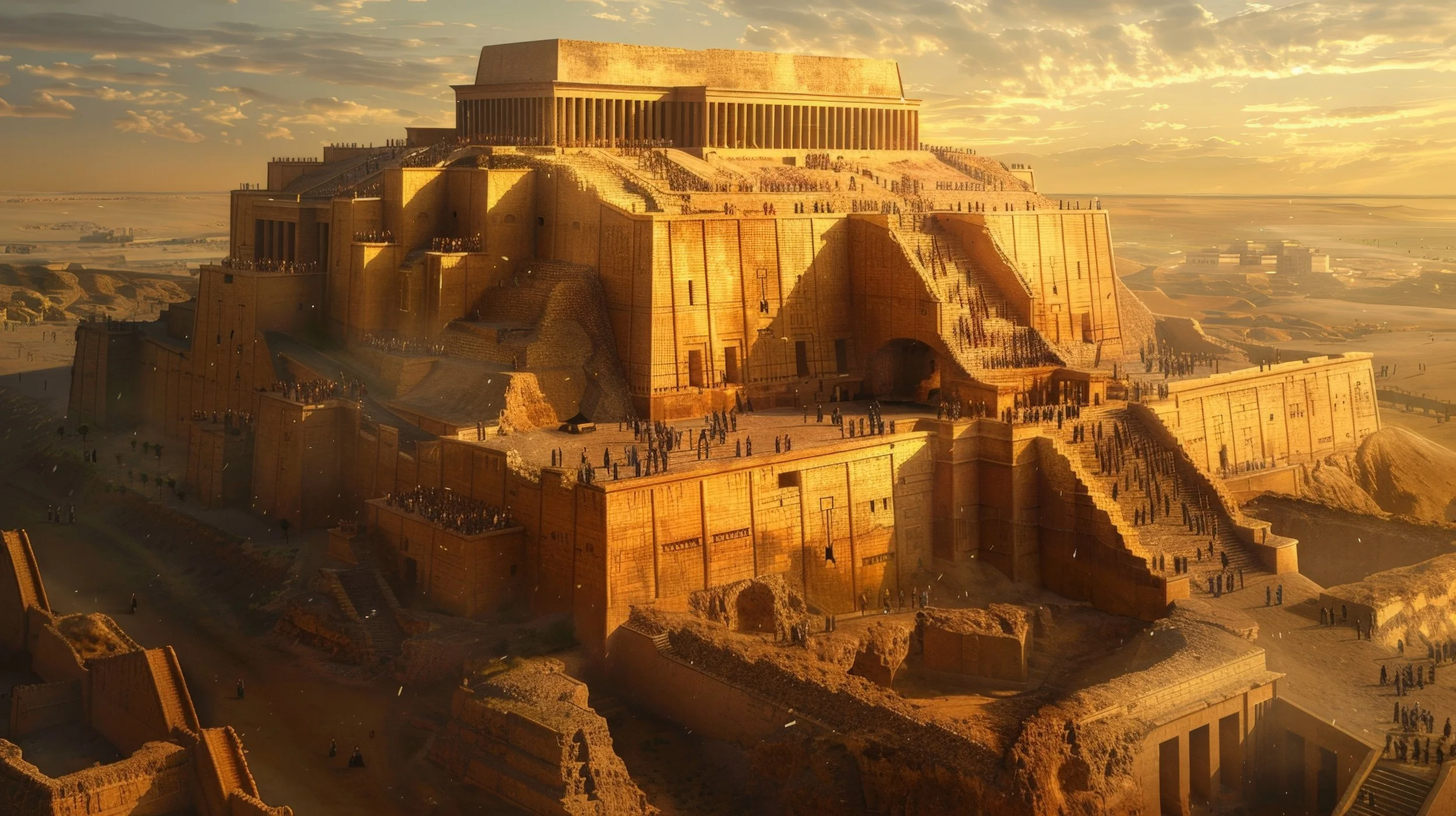




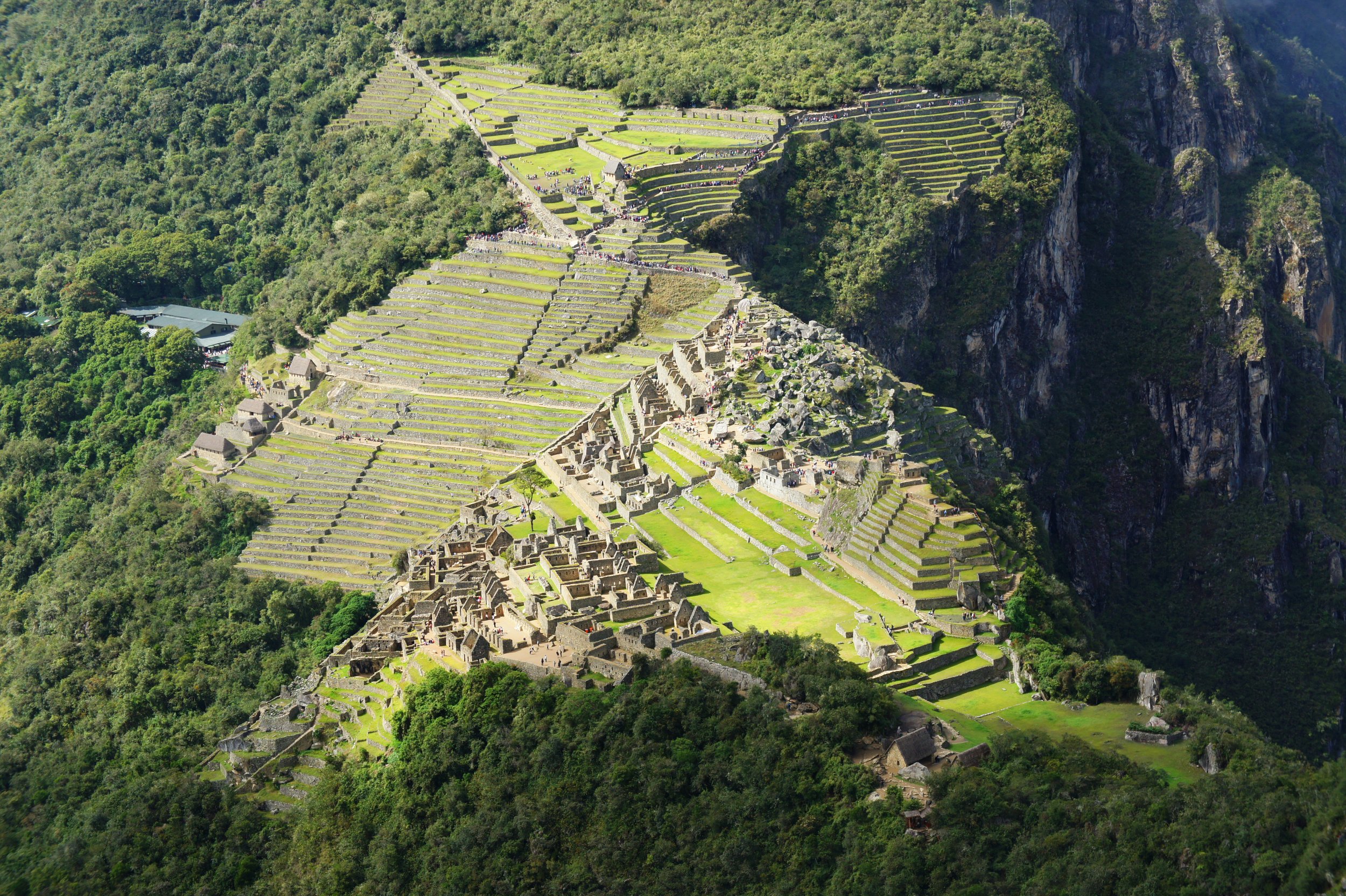
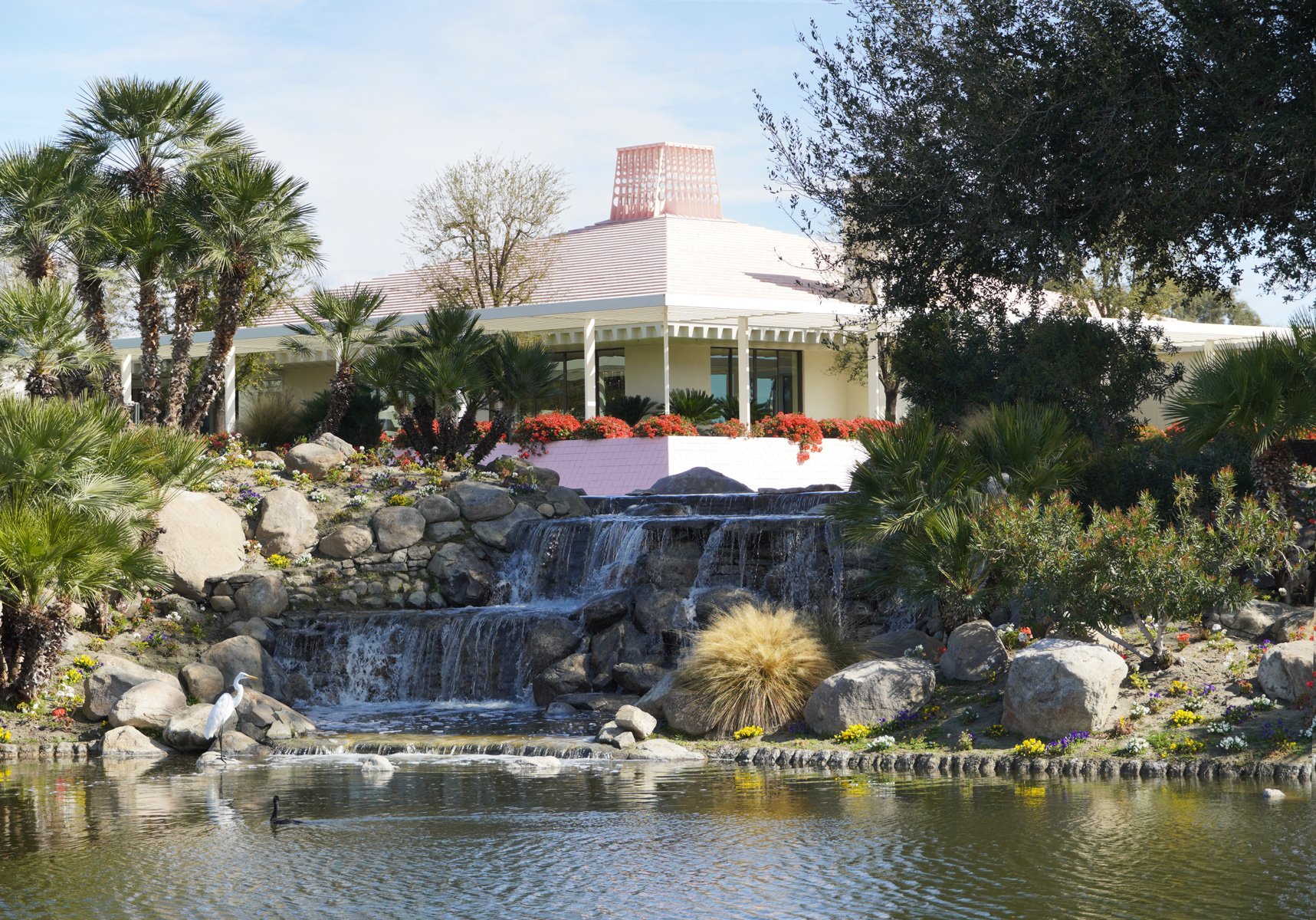
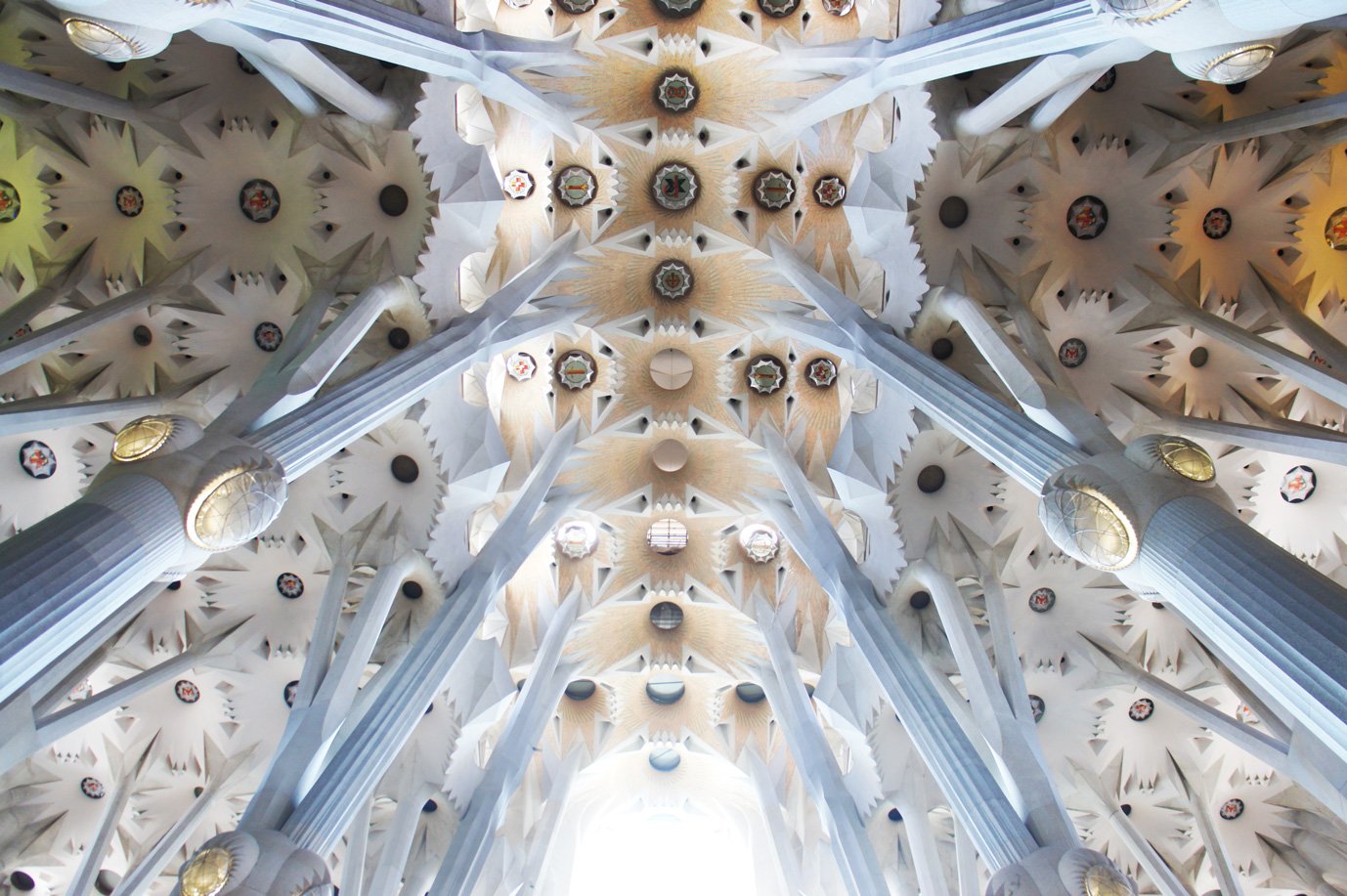
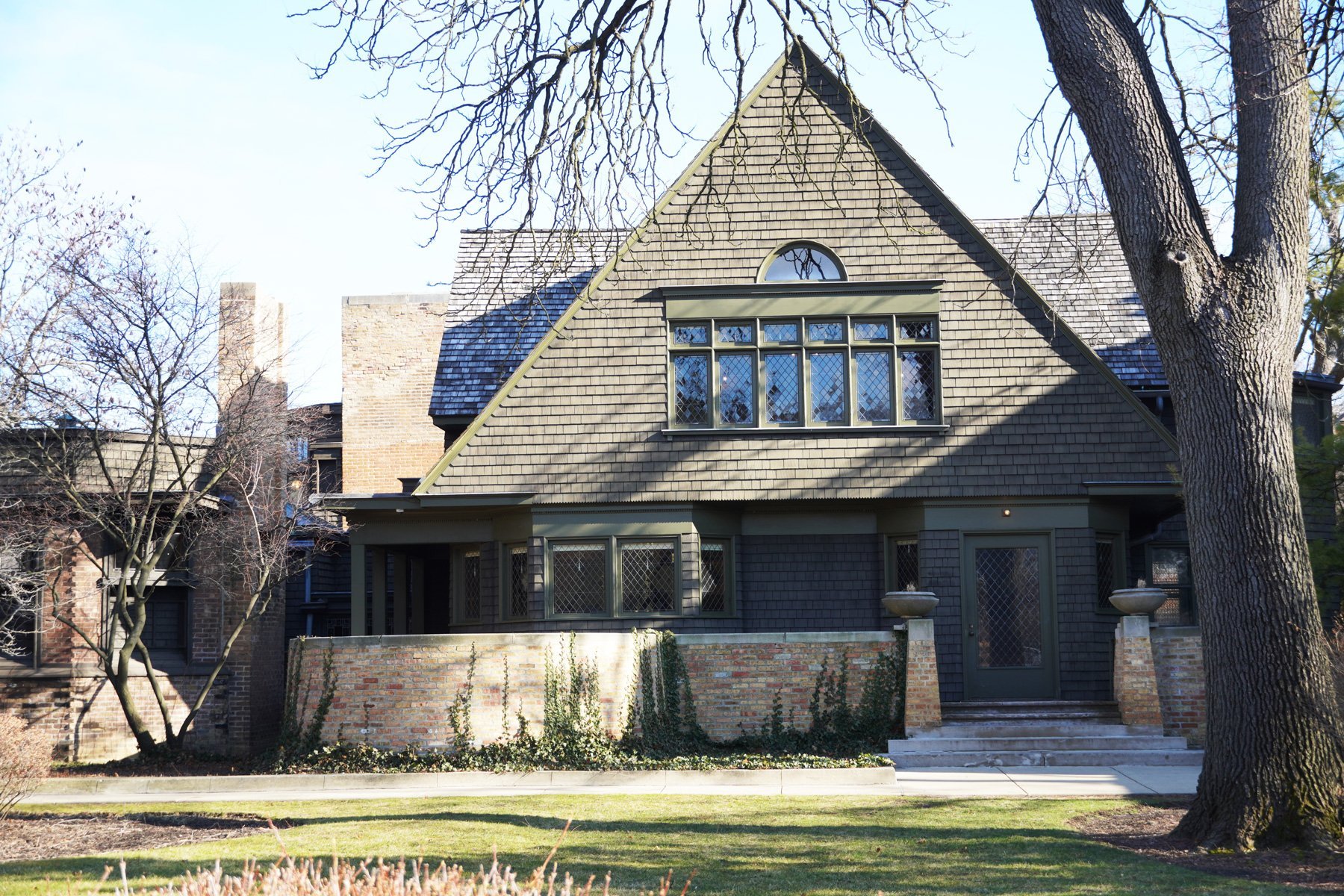
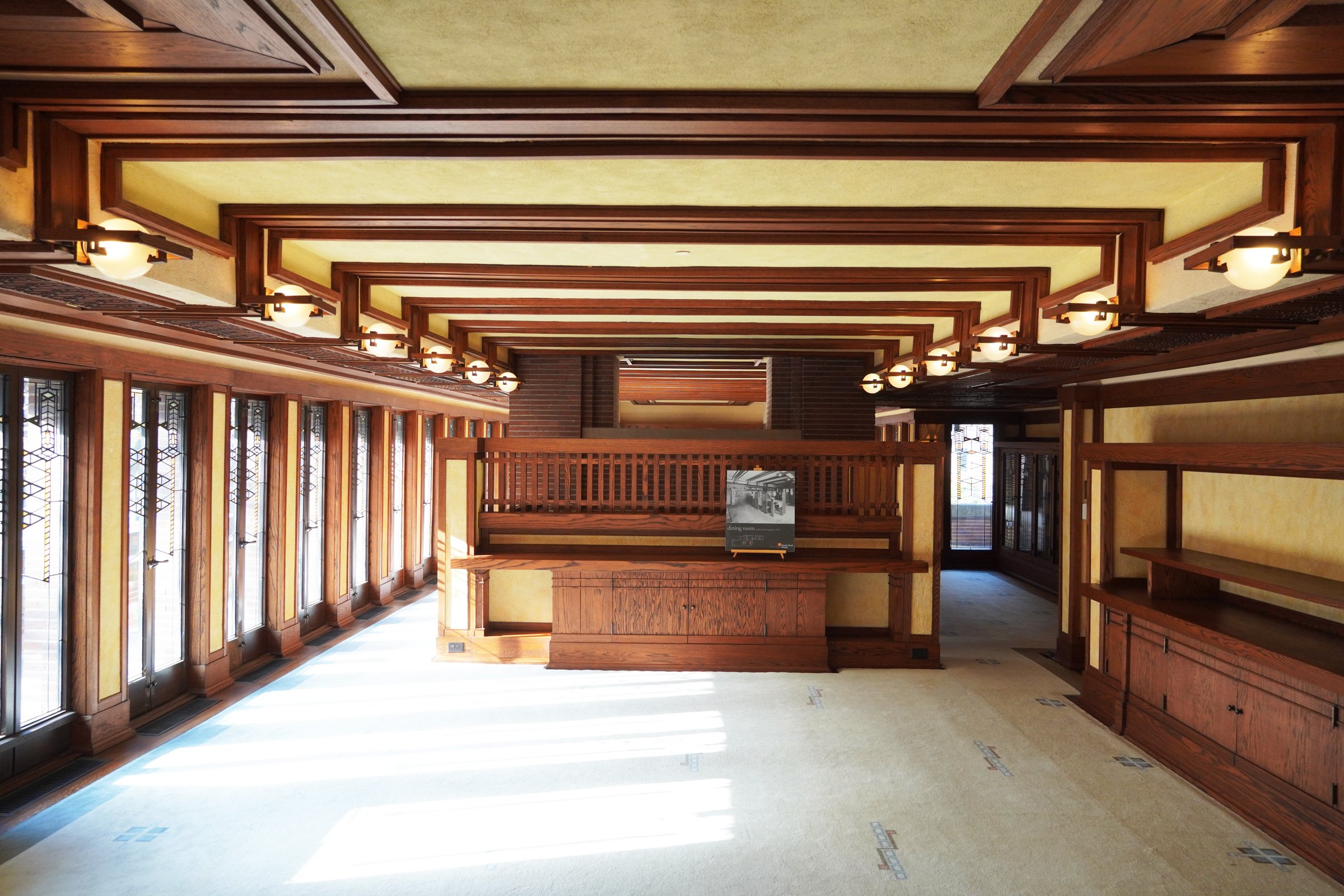


Principal and Architect of ROST Architects, Mitchell Rocheleau, discusses the significance of The Grand Louvre designed by Architect I.M. Pei, the history of the Louvre, design process, design theory and ideas behind the project.